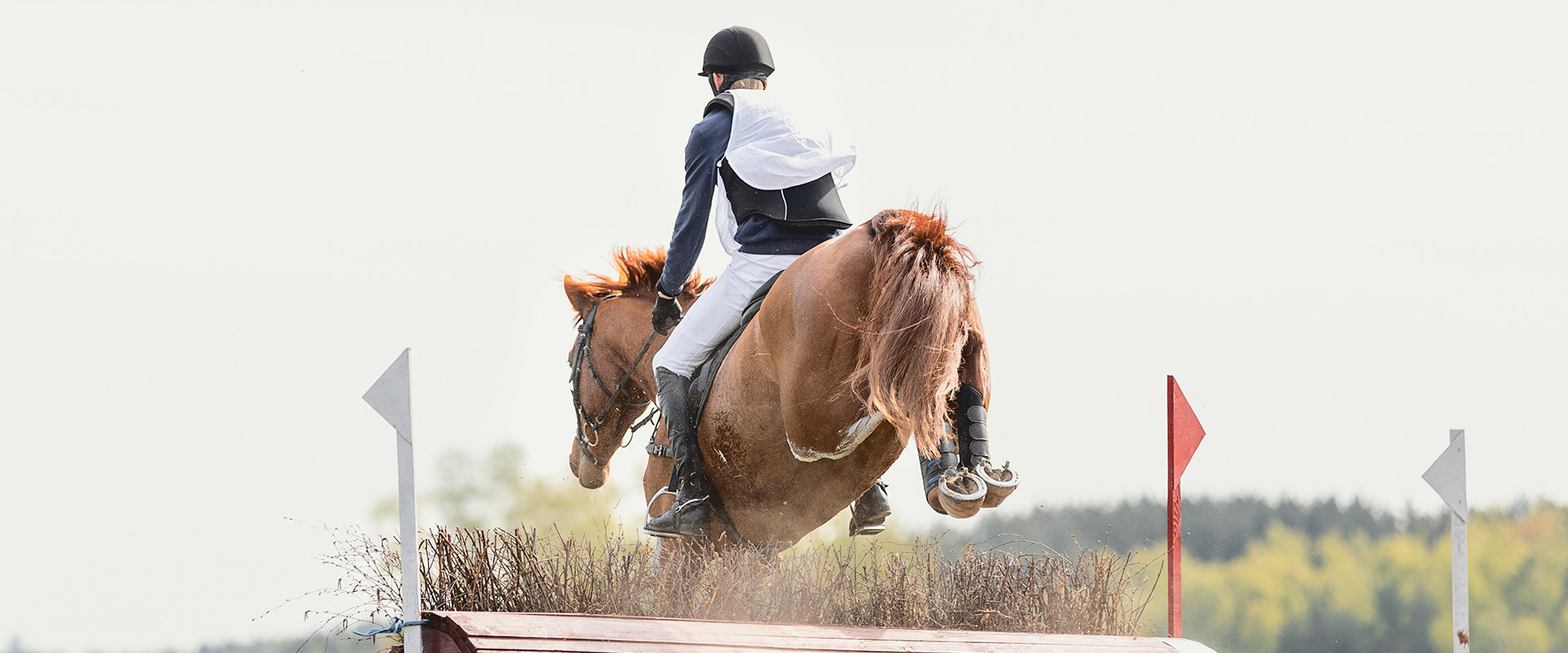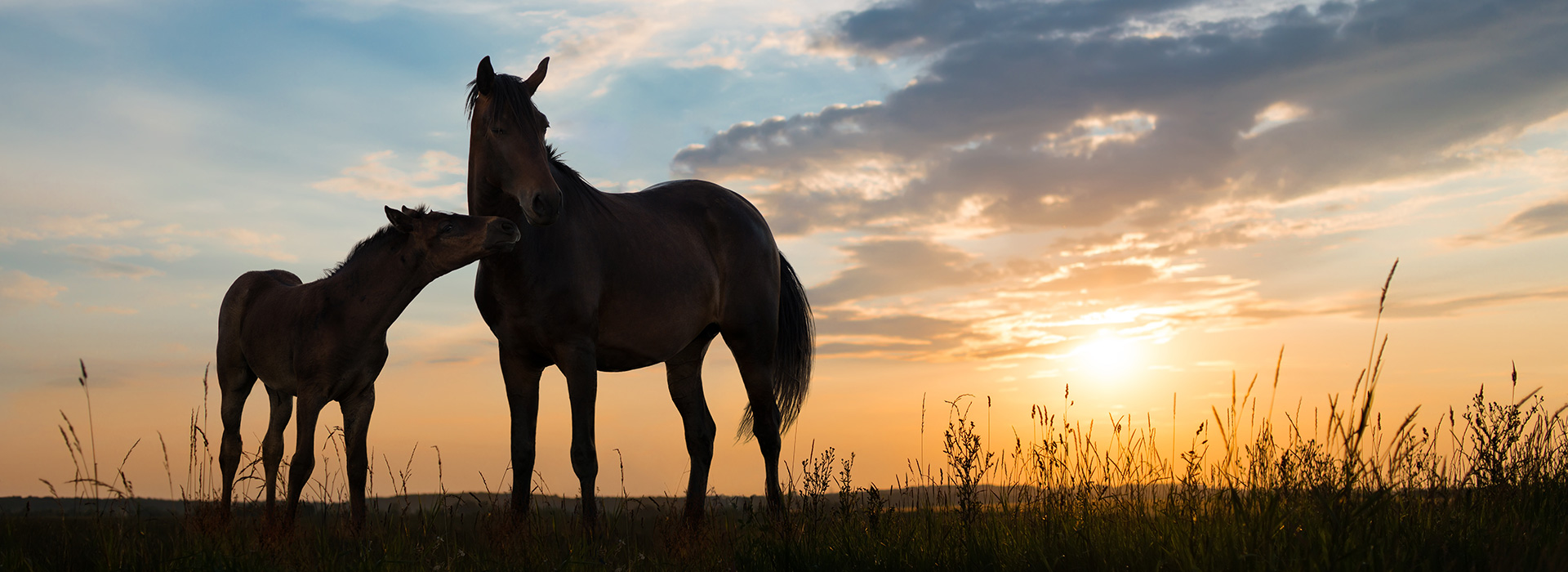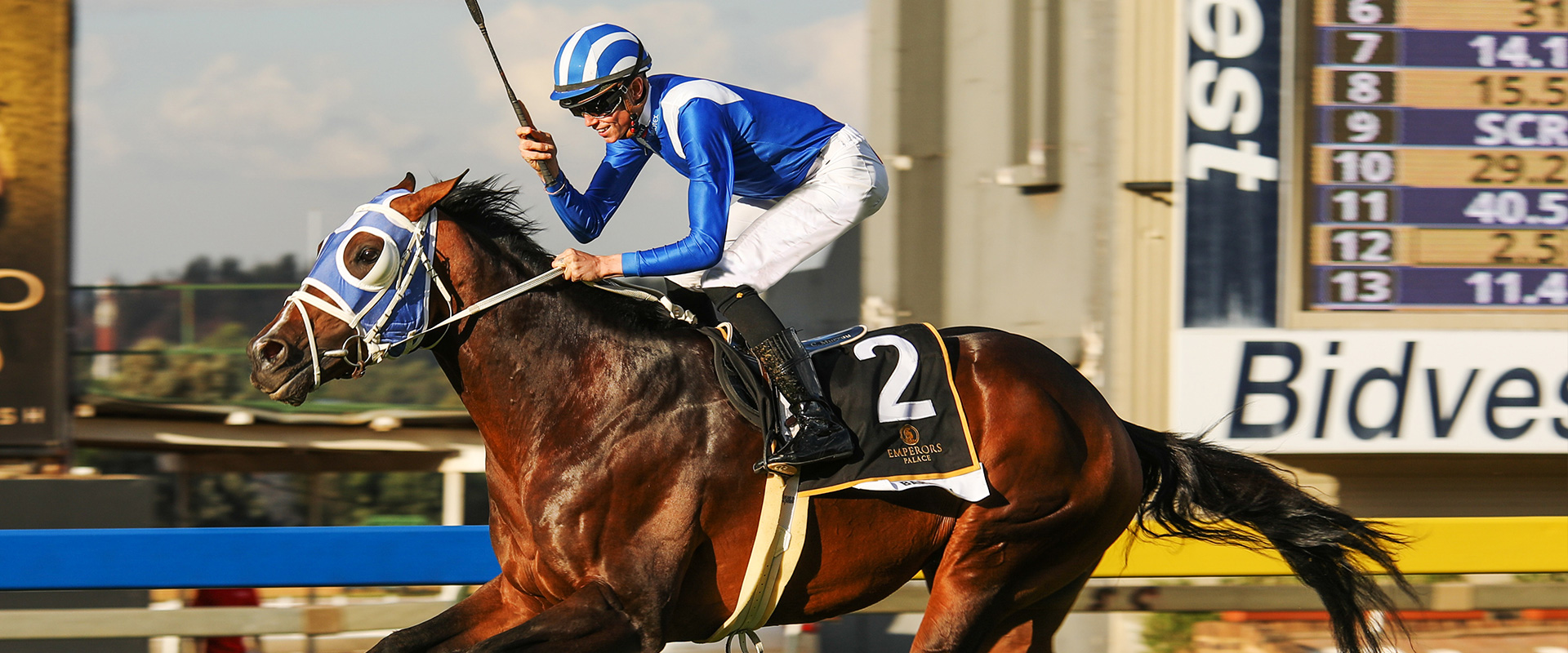Nutrition is certainly a crucial consideration for good hooves, as the correct diet will assist in the growth of good-quality hoof horn that is equipped to support the horse’s weight and retain its integrity. But what do we actually know about hoof growth, and how might we be able to influence its quality and rate?
What makes up a Hoof?
Hoof horn is a highly modified, specialized skin derivative. It has two main layers: the outer epidermis and the underlying Dermis (or Corium). The epidermis contains no blood vessels of its own; it obtains its oxygen and nutrients from the blood supply to the underlying corium of the foot. The hoof’s hardness is derived from a fibrous protein called keratin, the same substance that makes up human fingernails. The proportion of keratin, which can vary from horse to horse, is one of the factors that determines the mechanical properties of the horse’s hoof horn and how tough it is.
The laminae, (frond-like, blood-rich connective tissues that bond the hoof’s internal structures to its hard outer layer-and the coronary band), together generate the outer wall of the hoof capsule. The bond with each is constantly changing as the live tissues grow. If any of these normal strong bonds weaken or fail, conditions such as laminitis could result. The hoof wall plays a pivotal role in weight bearing. The weight of the horse is transmitted down through the column of leg bones of each limb, ultimately coming to settle on the coffin bone. But the tight interlocking of the laminae between the coffin bone and the hoof capsule transfers the weight of the body to the hoof wall.
The hoof wall isn’t the only part that grows, of course. The sole of the foot is also composed of tubular and intertubular horn that is completely replaced by new growth about every two months. As each tubule extends outward from the inner tissues of the foot and approaches the solar surface, it curls from the ground pressure, which causes a natural shedding process and limits how thick the sole can become. In most feet, it also results in a concave bearing surface. The familiar triangle-shaped frog, based at the heels and projecting out into the middle of the sole, is another structure that is designed to help the hoof absorb the shock of landing. It is less keratinized than the wall and the sole, and has a higher water content that gives it a softer, more pliable consistency than the rest of the hoof.
How Does the Hoof Grow?
The rate and quality of growth varies, just as it does in human fingernails. The hoof wall of a normal adult horse grows at a rate of approximately 0.24-0.4 inches (six to 10mm) per month. At the toe, it takes between nine and 12 months for hoof horn to grow down from the coronet to the ground surface; at the quarters, six to eight months; and at the shorter heels, four to five months. Because the distance from the coronet to the ground is shorter at the heels than at the toe, heel horn at the ground surface is always younger than the toe horn, so it has more elasticity and contains more moisture. The rate of hoof growth is considerably faster in young horses than in adults. The foot of a nursing foal, for example, grows at a rate of about 0.6 inches (15 mm) per month. As the horse matures, the rate slows; yearling feet grow about 0.48 inches (12 mm) per month.
Other than youth, what might affect the rate at which a horse’s hooves grow? There are several considerations, including:
• External temperature–Mid-winter cold tends to slow hoof growth; the rate accelerates in the spring.
• Environmental moisture–Extremely dry conditions reduce hoof growth. Generally speaking, hooves grow faster in wetter weather than in the desert.
• Genetics–Some breeds are well-known for the quality and denseness of their hoof horn, while others are recognized for often having poor-quality feet. There is a great deal of variation within each breed, however, and environment can play a large role.
• Illness and fever–High body temperatures might retard or deform hoof growth so that several months later, the horse exhibits “fever rings” on his hooves.
• Injury to the coronary band–When these generative tissues are damaged, the resulting hoof wall from that area might also be damaged or grow more slowly.
• Weight-bearing on other feet–If a horse suffers a severe lameness in one leg such that he puts no weight on it, the hoof growth of the opposite leg, which bears all the weight, will be slower than normal. This might also produce distortions in the hoof capsule.
• Exercise–When a horse begins training for an athletic task, his metabolic rate will increase, and hoof growth will accelerate along with it.
• Nutrition–This is a crucial consideration, because several dietary elements need to be in place for the horse to grow good-quality hoof horn. If the horse is deprived of any of these nutrients, the hoof will grow more slowly and the horn produced will be ill-equipped to support the horse’s weight and retain its integrity.
Feeding the Feet
The influence of diet on hoof growth is a subject currently generating a fair bit of research interest. We know that basic malnutrition (a shortage of all nutrients) can have an adverse effect on hoof growth, interestingly though, diet restriction has no effect on hoof strength or elasticity. Certain specific nutrients can also have an impact on hoof growth.
Protein
Horses which take in too little protein, for example, have shown to have slowed hoof growth and tend to produce inferior quality horn that is prone to cracking and splitting. The only horses which are likely to suffer protein deficiencies are young, growing horses and lactating broodmares (both of which have high protein requirements) fed exclusively on poorer pastures with no other additional feed. The diet of most mature horses contains ample quantities of protein for good hoof growth. In most cases the most important aspect of protein is to not look at the quantity given but the quality. To do this, the amino acid profile of feeds should be considered. Various amino acids have also been considered nutritionally important for hoof growth. Methionine, in particular, has received considerable attention because it contains sulphur, an essential element in the formation of keratin. Methionine, an essential amino acid (meaning the horse cannot manufacture it for himself; but must ingest it) is present in only very small amounts in keratin, but it can be converted to cystine once in the system. It probably will not improve hoof growth or quality on its own, but if included with biotin supplementation it could play a helpful role. They are believed to act together in such a way that their effect together is greater than the sum of their separate effects, but more research is needed.
At Equus we focus on providing good levels of all amino acids, including methionine, in our products.
Minerals and Supplementation
It’s no surprise that calcium–a macro mineral that plays an important role in the formation of bones, muscles, teeth, and virtually every other structure in the horse’s body–is also crucial to good hoof growth. Calcium is essential for the cohesion of one cell to another, and it is thought to play a role in the tightly wound arrangement of keratinized cells in the hoof tubules. Horses fed a high-phosphorus, low-calcium diet based on lots of grain and bran with relatively little hay can suffer a calcium deficiency, which causes all sorts of problems (poor hoof quality included). Calcium and Phosphorus work in conjunction with each other and must be provide in a balanced ratio.
Zinc is a trace mineral that is involved with growth rates and healing. Horses deficient in zinc have impaired cellular division and growth, which might be related to a depressed ability to utilize amino acids and sulphur. Since zinc absorption is closely tied to copper levels in the body, both minerals must be supplemented in the correct ratio (from 3:1 to 5:1, zinc to copper) to rectify a deficiency. As with methionine, zinc supplementation on its own probably does little to influence hoof growth, but in combination with copper, biotin, and amino acids, it might have a positive effect.
No other nutrient has received more attention in terms of hoof growth than biotin. A B vitamin, biotin is produced in the horse’s gut in sufficient quantity to satisfy basic nutritional needs, but some horses with poor quality hooves appear to benefit from supplemental quantities of this vitamin (above what is needed for every day metabolism). Readily available and with no known side effects, biotin is a popular supplement fed to enhance the repair of hoof defects and as a preventive against slow or poor-quality hoof growth. Researchers still don’t understand exactly why some horses respond to biotin supplementation and others not, but the vitamin seems most beneficial to horses with thin, brittle hoof walls and tender, thin soles–that familiar horse that loses shoes easily and loses chunks of the hoof wall when he does so. Biotin supplementation, must be continued for several months to produce results. The reason for this is that the effects of any supplement that affect hoof growth will not be seen until that new and improved growth comprises most of the hoof, and it takes at least six to nine months, in an average horse, for that growth to reach the point where a farrier will be trimming it.
Energy
All horses require energy to maintain body temperature, breathe, digest food, move, grow and reproduce. If a horse is not fed adequate energy, it will lose body condition, and may have poorer quality hooves. Energy is considered the first limiting nutrient and utilization of all other nutrients may be limited, if the diet is energy deficient. Excess energy however can result in obesity which places extra weight, and thus stress, on the legs and hooves. Forages, both pasture and hay, provide energy. In some situations, such as with pleasure horses or those ridden only occasionally, forage can provide enough energy to meet the horse’s needs. Even for those working harder, forage can provide almost all their daily needs. In fact, highly fermentable fibre sources such as soybean hulls are used in feeds to provide a higher level of energy from fibre. Of course, on average, a small amount of additional feed will be required to provide fat and to some extent carbohydrates (sugars and starches) for extra energy.
All horses need carbohydrates (sugars and starches) as these provide essential energy for all day to day processes. While we cannot remove them from the horse’s diet completely, the levels we feed can be important. Feeding sugars and starch (cereal grains) in excess can be detrimental. When large amounts are fed the small intestine can’t fully digest and utilize these ingredients which leads to portions being passed into the large intestine (hindgut). This region of the gut is not designed to cope with sugars and starches but fibre and so the “bad” bacteria that feed on sugar and starch grow rapidly causing normal, fibre digesting, gut bacteria to die, bringing about inflammatory changes in the gut. During this breakdown of bacteria endotoxins are given off and these are absorbed into the bloodstream. This can potentially lead to laminitis, for example. Other conditions such as Insulin resistance can also affect the feet. In the case of insulin resistance, the affected horse has a high blood sugar level from sugar and starch digestion. A resulting high insulin level occurs and persists because the body’s cells are not responding to the insulin produced by the body. Therefore, the cells are not able to transport the sugar from the blood into the cells. The body’s resistance to insulin can also be involved in laminitis in that the resultant high levels of insulin may cause a decreased blood flow to the hoof and/or the high insulin may affect the uptake of blood sugar into the laminae of the foot. The resulting effect of either is a cascading set of events that result in laminitis or a painful breakdown in the bond between the hoof and the underlying bone.
Most importantly – a balanced diet
It is critical that all horses are fed a properly balanced ration with each nutrient supplied in the correct amount for the workload and weight of each horse. One of the serious problems in the horse industry is feeding imbalanced rations. Dietary imbalances can affect the structure and strength of the hooves. Focusing on a single nutrient (or class of nutrients such as protein or vitamins) results in problems as nutrients have complex interactions. Horse owners often take a well-balanced commercial feed and add grains or another brand’s feed component to this. The result is a “new feed” that is not balanced for its intended purpose. Another problem that can arise is feeding more than one supplement, or more than the manufacturer’s recommended amount, which can be a dangerous with some nutrients. The result can be an imbalance in nutrients or, even worse, a toxic level of one or more nutrients. This situation can often occur where more than one hoof supplement is being fed. Most nutrients, especially minerals, have interactions with several other minerals and thus over loading can be problematic as well as expensive. For example, feeding a well-balanced diet plus a vitamin and mineral supplement, plus a hoof supplement really isn’t necessary. Changing the amount of one mineral can result in another becoming deficient.
Many feed companies today develop grain mixes which are balanced to be fed with either a grass or a legume hay or pasture. Feeding a well-balanced diet, with additional supplements only if there is a need, is by far the best way to ensure a horse has everything it needs.
Information for this article was taken from Karen Briggs, The Horse.com http://www.thehorse.com/articles/12860/can-you-influence-hoof-growth and Dr Frederick Harper, http:// animalscience.ag.utk.edu/horse/pdf/FeedingHorsesHooves-ASH139.pdf




